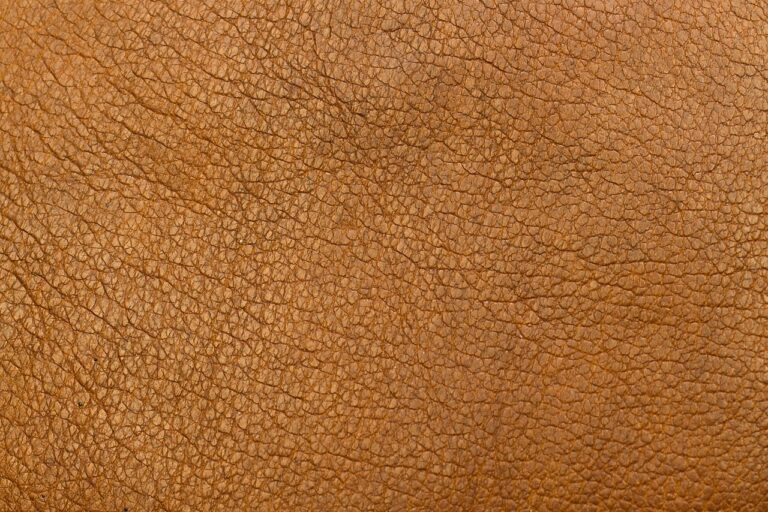Fashion and Eco-Friendly Textile Dyes: Natural and Sustainable Dyeing Techniques
There are numerous types of natural dyes derived from plants, insects, and minerals. One common type is derived from plants such as indigo, madder, and turmeric. These plants offer a wide variety of colors ranging from blues and reds to yellows and greens. Another type of natural dye is extracted from insects like cochineal, which produces vibrant shades of red and pink.
Minerals like ochre and iron oxide are also used as natural dyes in the textile industry. These mineral dyes provide earthy tones of reds, oranges, and browns. Additionally, certain fruits and vegetables like avocado pits and onion skins can be utilized to create unique hues of pinks, oranges, and yellows in natural dyeing processes.
History of Natural Dyes in Textile Industry
One of the oldest known uses of natural dyes in the textile industry dates back thousands of years, with evidence found in ancient civilizations like Egypt, China, and India. These early societies utilized materials from plants, insects, and minerals to dye fabrics, creating vibrant and unique colors that were highly prized.
As trade routes expanded between different regions, the knowledge and techniques of dyeing with natural sources spread across continents, leading to the exchange of dye materials and methods between cultures. This cultural exchange not only enriched the color palettes available to artisans but also contributed to the development of distinctive regional dyeing traditions that continue to influence textile design today.
Benefits of Using Natural Dyes
Natural dyes offer a sustainable and environmentally friendly alternative to synthetic dyes commonly used in the textile industry. These dyes are derived from plant sources such as roots, berries, bark, and leaves, making them biodegradable and non-toxic. By choosing natural dyes, manufacturers can reduce their carbon footprint and minimize the negative impact on the environment.
Additionally, natural dyes have been found to be hypoallergenic and gentle on the skin, making them ideal for individuals with sensitive skin or allergies. The use of natural dyes in textiles also creates unique and vibrant color variations that cannot be replicated by synthetic dyes. This adds an artistic and organic element to the finished products, appealing to consumers who value sustainability and craftsmanship.
What are some common types of natural dyes used in the textile industry?
Some common types of natural dyes include indigo, madder root, turmeric, onion skins, and cochineal.
Can natural dyes produce a wide range of colors?
Yes, natural dyes can produce a diverse range of colors depending on the type of dye and the mordants used.
What is the history of natural dyes in the textile industry?
Natural dyes have been used for centuries, with evidence dating back to ancient civilizations such as the Egyptians, Greeks, and Romans.
What are the benefits of using natural dyes in textile production?
Some benefits of using natural dyes include being environmentally friendly, non-toxic, biodegradable, and often producing unique and rich colors.
Are natural dyes more sustainable than synthetic dyes?
Yes, natural dyes are generally considered more sustainable than synthetic dyes as they are derived from renewable sources and do not contribute to pollution.
Are natural dyes more expensive than synthetic dyes?
Natural dyes can be more expensive than synthetic dyes due to the labor-intensive process of extraction and production, but they are often worth the investment for their eco-friendly benefits.
Can natural dyes be used for all types of fabrics?
Natural dyes can be used on a variety of fabrics, but some may take to the dye better than others. It is important to test the dye on a small sample before dyeing the entire fabric.







